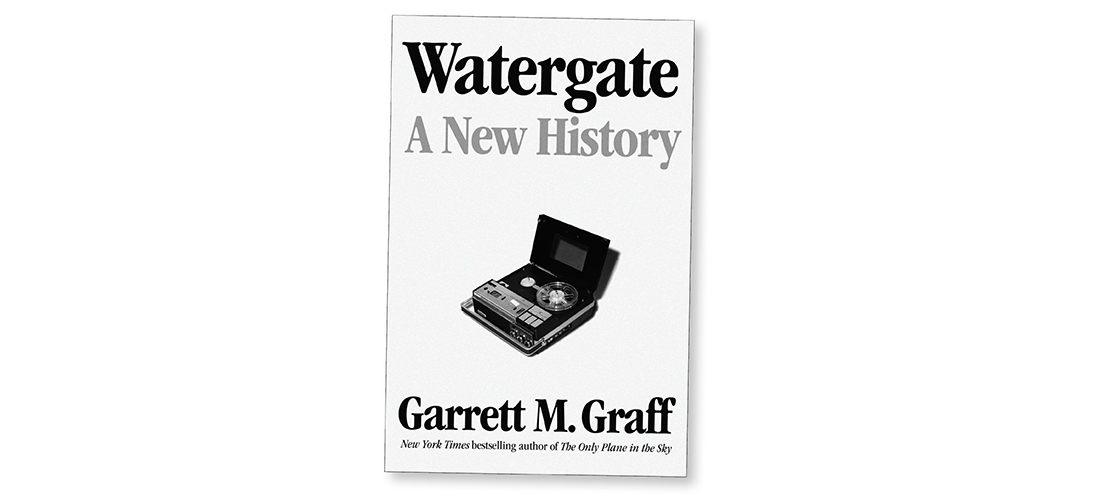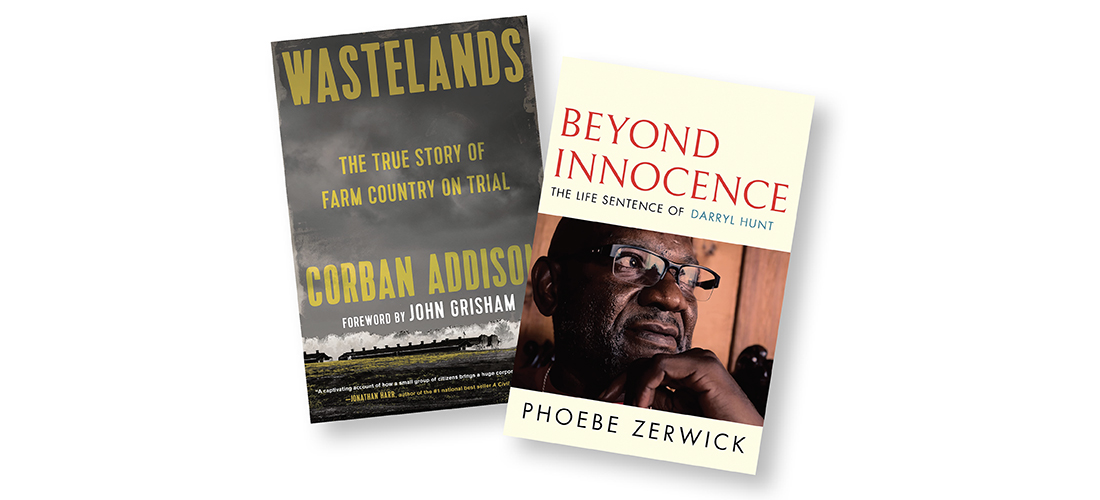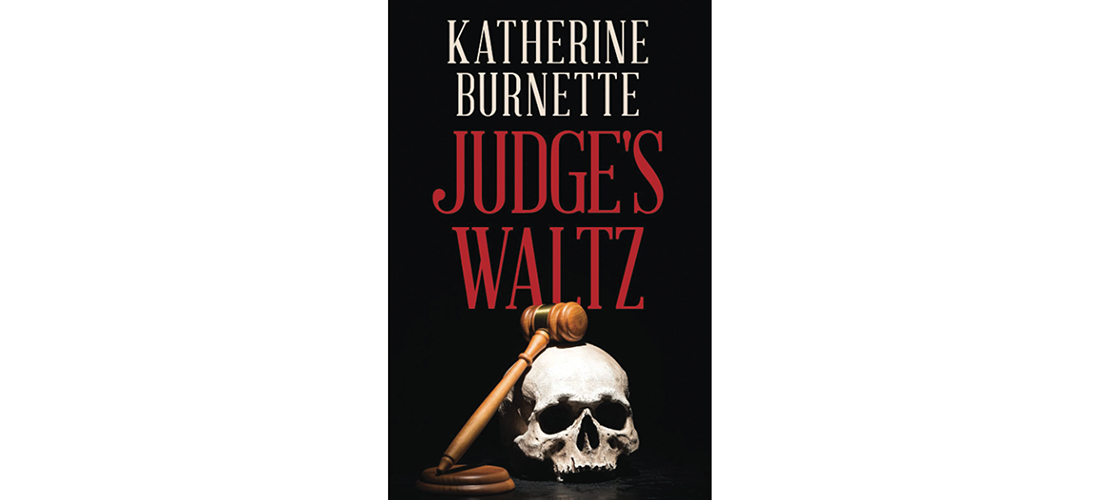Omnivorous Reader
Omnivorous Reader

Flying Toward Catastrophe
The real canaries in the coal mine
By Anne Blythe
Many of us turned a more enthusiastic ear toward the chorus of birds in our midst during the early days of the pandemic. With the routine rumble of traffic muted to a minimum, their chirps, trills and full-throated songs offered a sense of solace in an unfamiliar world.
In their new book, A Wing and a Prayer: The Race to Save Our Vanishing Birds, Anders and Beverly Gyllenhaal tell us we should lean in and pay close attention. Their calls, or lack of them, their habits and changing habitats herald the health of our environment, write the avid birders and veteran journalists.
The husband and wife team, based in Raleigh, got the bad news out of the way at the start. In the last 50 years, a third of the North American bird population vanished.
“That translates to three billion birds of all sizes and shapes, in losses stretching from coast to coast, from the Arctic to Antarctica, through forests and grasslands, ranches and farms,” the couple writes in the introduction, noting that some birds are transcontinental travelers. “As one veteran biologist, John Doresky, with the U.S. Fish and Wildlife Service in Georgia, told us, ‘We’re in the emergency room now.’”
The Gyllenhaals might start their story in the ER, but their book does not dwell heavily on a doomsday scenario. Instead, they offer an optimistic outlook as they chronicle the research, new technology and conservation laboratories they explore during two years of cross-country and intercontinental travels.
The grasshopper sparrow and spotted owl serve as their bookends for a wide-ranging story reported with exacting detail about the work of “the ranks of biologists, ranchers, ecologists, birders, hunters, wildlife officers and philanthropists trying to protect the continent’s birds from a growing list of lethal threats and pressures.”
Anders and Beverly got involved with birding more than a decade ago while living in Washington, D.C. They were transitioning from long careers in journalism to “a lifestyle geared toward three Bs: birds, books and banjos, which Anders had played since high school.” Disclosure: One leg of their journalism path brought Anders to the News & Observer in Raleigh, where I worked for him and admired his dedication to solid reporting and storytelling. That commitment is evident throughout A Wing and a Prayer.
They take us along with them on a journey in their Airstream from North Carolina to Florida, through the heartlands to Kansas, and then further west to California, where they store their home office on wheels while they continue their trek through Hawaii.
They introduce us to colorful conservationists in muddy bogs, grassy fields and craggy bluffs while also giving readers a peek inside the offices of pivotal conservation organizations and ornithology labs.
Many of these scientists and conservationists could be the backbone for books of their own about trying to stop birds from being added to the list of extinct species. They introduce us to Ben Novak, a scientist in his mid-30s who grew up in North Dakota and now lives in Brevard, North Carolina. After falling in love with the passenger pigeon as a teen, he has developed intricate plans to build a lab in western North Carolina, hoping to use genomics to bring the bird back from extinction.
Not all of the conservation projects are as futuristic as Novak’s. In Hawaii they are about to release clouds of mosquitoes bred in laboratories to combat avian malaria. The goal is for the lab-created male mosquitos carrying an incompatible bacteria to mate with females that, in turn, will lay eggs that won’t hatch. In the process the conservationists hope to save some of the island state’s most threatened native birds. Hawaii, the Gyllenhaals point out, is the extinction capital of the world with 100 of the 140 native bird species having already disappeared. And, in the Southeast, the U.S. military has been heavily involved in efforts to save the red-cockaded woodpecker through controlled burns and managed forests on bases like Fort Bragg and Camp Lejeune.
While the Gyllenhaals stress that it is often the bigger birds — the bald eagle, the illusive ivory- billed woodpecker or the California condor — that get much of the attention, the smaller birds that hide easily in their habitats need more vocal advocates to save their species.
Their two-year journey, covering more than 25,000 miles, gives glimpses of many different birds including the Cerulean warbler, a tiny songbird that breeds in Appalachia and the eastern U.S. hardwood forests before making a long journey to winter in South America. The Gyllenhaals traveled to Ecuador to see firsthand the conservation efforts to protect the brilliantly colored birds that winter in the mountain forests there.
“We returned home inspired by the work under way to save birds,” the Gyllenhaals write. “We met folks who ruin their knees scrambling along dangerous cliffs, agonize over algorithms, confront adversaries at gunpoint and sometimes get their eyebrows singed off. They welcomed us into their lives for days at a time and shared their hopes, frustrations, and determinations.
Taken together, their experiences help make the case for birds — not only as nature’s workhorses and cultural icons, but as living bellwethers of the environment at a pivotal time.”
If you care about the birds in your midst — those in plain sight as well as those not so easy to see — A Wing and a Prayer is a must read.
“The Three Billion Bird Study stripped all mystery from the troubled state of the hemisphere’s birdscape,” the Gyllenhaals conclude. “There’s still time to respond, but that time is now. It’s clear what steps are making a difference and what will help avoid another half-century like the last one. Halting the collapse of our birds will not be easy. But as the scores of researchers, birders, wildlife experts, hunters and philanthropists are proving every day, a turnaround is within reach if we’ll listen to what the birds are telling us.” OH
Anne Blythe has been a reporter in North Carolina for more than three decades. She has covered city halls, higher education, the courts, crime, hurricanes, ice storms, droughts, floods, college sports, health care and many wonderful characters who make this state such an interesting place.






